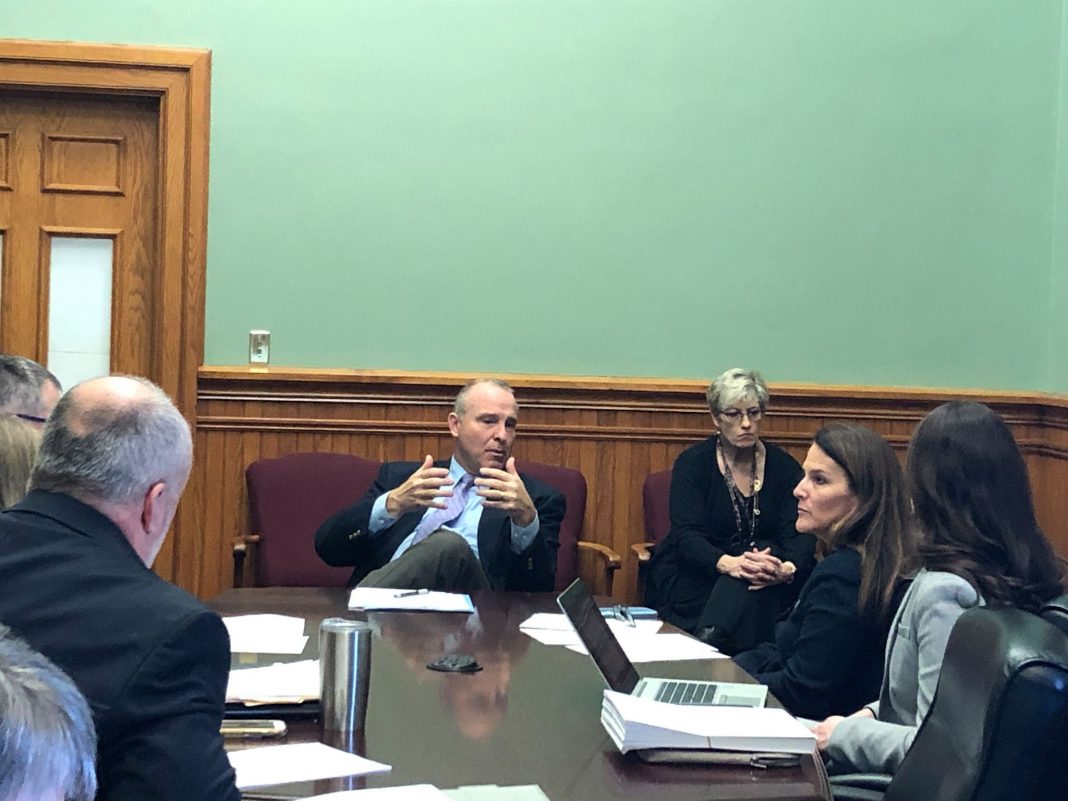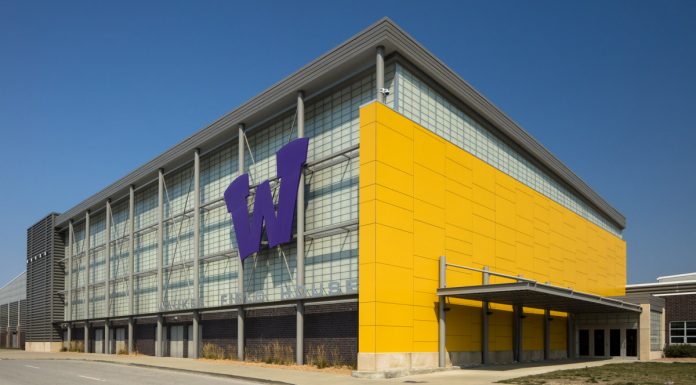A bill to attract minority teachers to Iowa advanced out of subcommittee on Monday in the Iowa Senate.
Senate File 2102 deals with the Teach Iowa Scholar program. The bill would give first priority to applicants who are minority persons, with subsequent priority given to residents of Iowa. It also bumps the annual grant limitation up from $4,000 to $7,500.
Melissa Petersen of the Iowa State Education Association said she thinks it’s wonderful that Sen. Jim Carlin has helped officially start this conversation about making sure Iowa has underrepresented populations as part of our educator pool.
She noted this is one way to keep Iowa’s “best and brightest” in the state if we can’t make college itself more affordable at this moment.
Petersen suggested expanding the bill to give priority not just to minority populations from outside Iowa but also those who are Iowans.
“We know it’s really, really important for our children and our students to see someone who looks like them frankly standing at the front of the classroom. It increases proficiency and closes the achievement gap.”
Carlin said the issue was brought to his attention six or seven months ago. The Iowa State Board of Education did a study on the achievement gap. The achievement gap of black students on average by eighth grade is 33 points less than white students. For Hispanic students it is 20 points less by eighth grade.
“Our demographics are changing as a state,” Carlin said. “If these are the realities, we have to do a better job of getting those numbers up.”
Some studies show that minority students see an increase in proficiency when they’re taught by a teacher who is also a minority.
“That’s the way to improve outcomes, at least it has a demonstrated history of working,” Carlin said. “We should look at pouring some money into it. I know that these numbers really haven’t changed for a while. We have a way to do it. If we could incentivize more minority teachers in school, if a child identifies with his teacher, he’s going to follow the teacher. That’s a big part of it.
Todd Brown with the College Student Aid Commission said the five-year program picks up 20 new participants each year as it cycles through. If the maximum award is increased to $7,500, and if they continue selecting 20 new individuals per year, it would require an additional $350,000.
Sen. Chris Cournoyer said some districts already have a program that addresses student loan repayment. She said she’s glad to see that solution make its way into the school system.
She said this is a great way to address teacher shortages and to have students have someone in front of them who looks like them and has shared experiences.
Cournoyer said her high school was made up equally between white, black and Hispanic students.
“We did have a decent-sized minority faculty,” she said. “I think the non-minority students benefit from it just as much as the minority students, just from that cultural experience they might not otherwise have. I think this is a great step in the right direction.”
Giddens said there are a lot of systemic barriers to minority folks getting into teaching.
“I’m fully supportive of efforts like this and many others,” he said.
The bill was on Wednesday’s agenda for the full Education committee. We will try to update our readers on its progress.












